The infinite background is a photographic accessory widely used in those photographs that are going to undergo elaborate retouching (background changes, for example) and in product photographs (if you are interested in the subject we have this super complete guide to delve into product photography ) . . Although it can also be used for other uses that we will see. Today I am going to show you how to do it at home and very easily with this tutorial. But first let's see what it is and what it is for.
WHAT IS AN INFINITY FUND?
An infinite background is one that does not end, that has no edges or marks. The most used are white and black, although other colors can be used.
WHAT IS AN INFINITE BACKGROUND USED FOR IN PHOTOGRAPHY?
An infinite background is mainly used to eliminate distractions and focus attention on the subject. Although it can also be used to be able to cut the subject or the background later and be able to change it in post-production.
As I told you at the beginning of the article, it is used when you want to make background changes in the processing and for product photography (or both options together).
With an example we see it better. Here we have a design of .annudphotographed by the photography studio Cualiti. As you can see, the background is completely smooth (and infinite), with zero distractions, so all the attention falls on the product and the composition with the shadows.
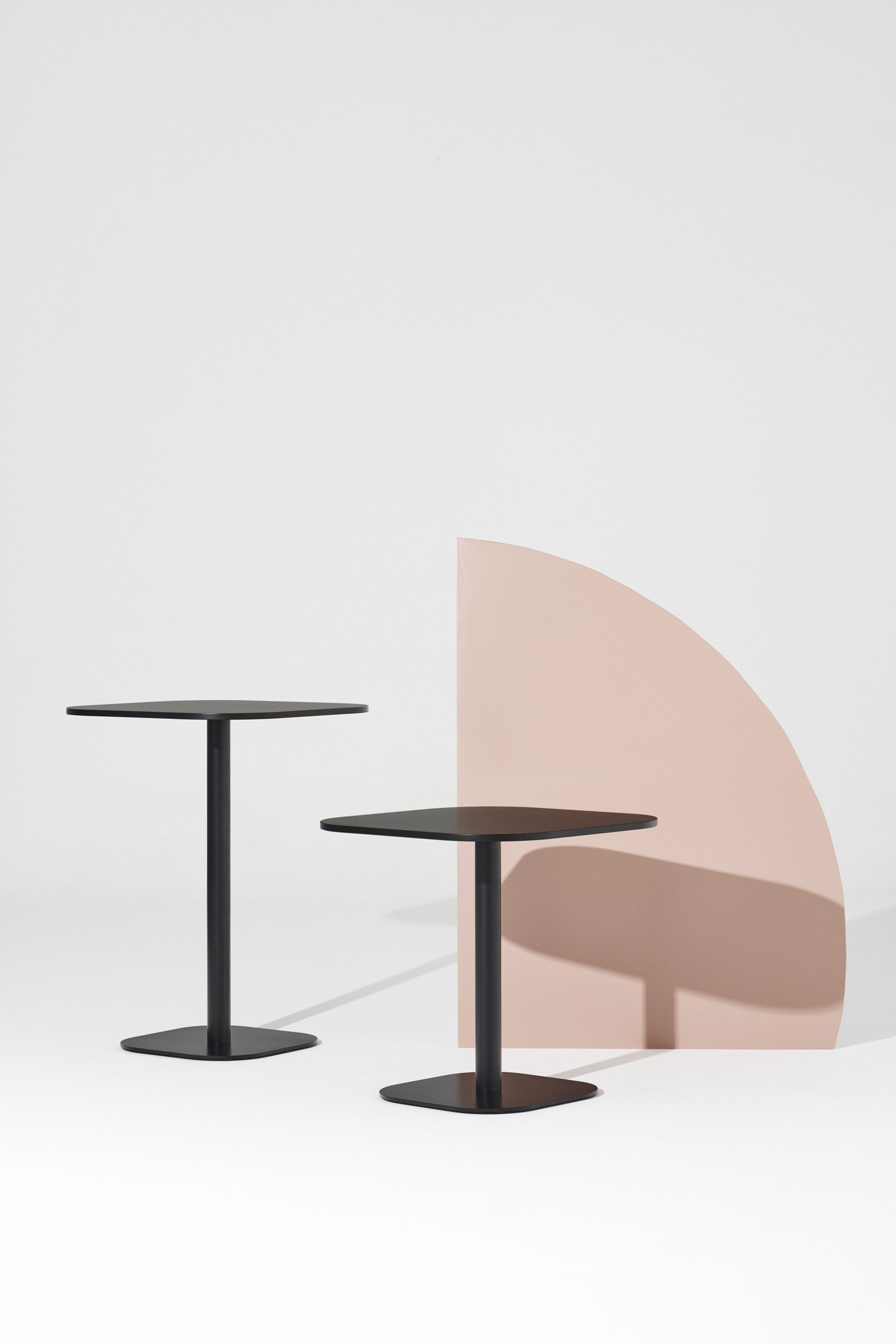
WHY MAKE AN INFINITY BACKGROUND FOR PHOTOGRAPHY?
An infinite background is essential in any photography studio, although as I have already told you, the objective of this article is more thinking of you as an amateur, so that you can learn how to make an infinite background at home and, in the process, practice and have fun. Or if, for example, you have a small business or you make a craft product and you need to take your own photos to succeed on social networks with your brand .
It is also useful for playing with Lego-type dolls or creating stories, for gastronomic or pastry photography, for newborn photography , etc.
The use you give it will depend on your imagination and what you want to do. It is not something that you should always use, but another resource to unleash your creativity.
Here's another example, this time with a black background.
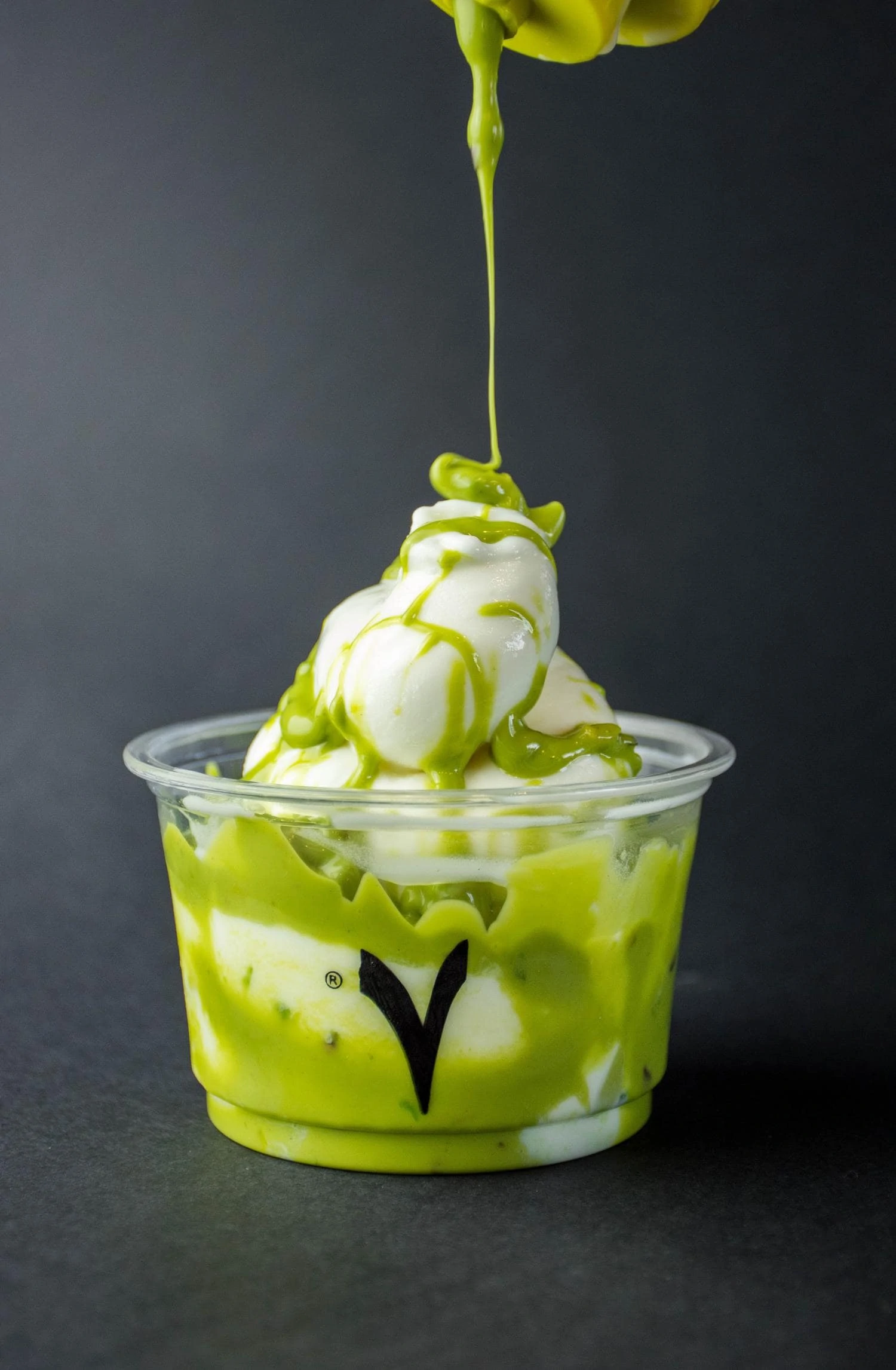
HOW TO MAKE AN INFINITE BACKGROUND FOR PHOTOGRAPHY?
To begin, it is important to determine the purpose of the photograph. As we always say, it is not the same whether it is for professional work, like the one I have just shown you, than at an amateur level, which will surely be your case. Mainly, this question will determine the investment that you are going to make. But there are from a simple sheet to a wall built specifically as an infinite background in a studio.
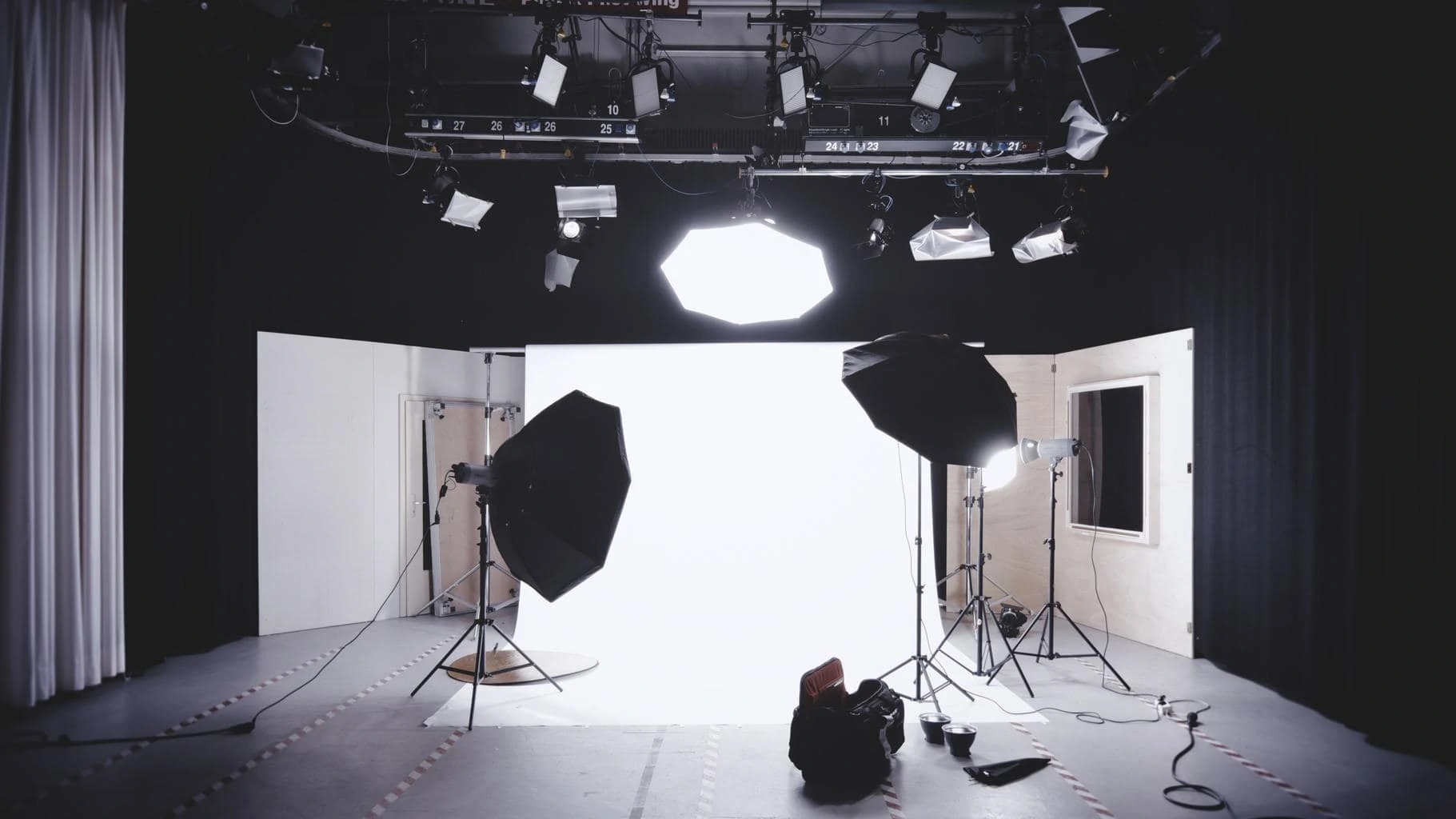
But there are also other aspects such as size, color or material that will be different depending on what you want to photograph and for what.
MATERIALS
The infinite background can be made with different materials:
- Paper. It is perhaps the easiest to use, it falls perfectly and does not form wrinkles. On the contrary, it deteriorates quickly. For small or medium objects it is perfect, both paper and cardboard.
- Cloth or cotton. The good thing about the fabric is that it can be washed, it is easy to find it in large formats and it is simple and comfortable to transport. The bad... it forms wrinkles.
- Vinyl. It is the most recommended option and used by advanced and professional photographers because it has the good thing about the paper, which is that it does not form wrinkles, and the fabric, which is washable. The drawback is usually the price, but the good news is that you can use an oilcloth that is used as a tablecloth and that you can find in multi-price stores.
Regardless of the material you use, it is important that it does not bend, that it does not make an angle, because then a line would appear in the image and we would lose the infinite background concept.
This would be the background, to hold it you can help yourself with painter's tape (with a broad brush) or tweezers, for example. You have to find the support to hold it, which can be homemade, bought improvised, etc. Here are some examples of homemade funds and their support.
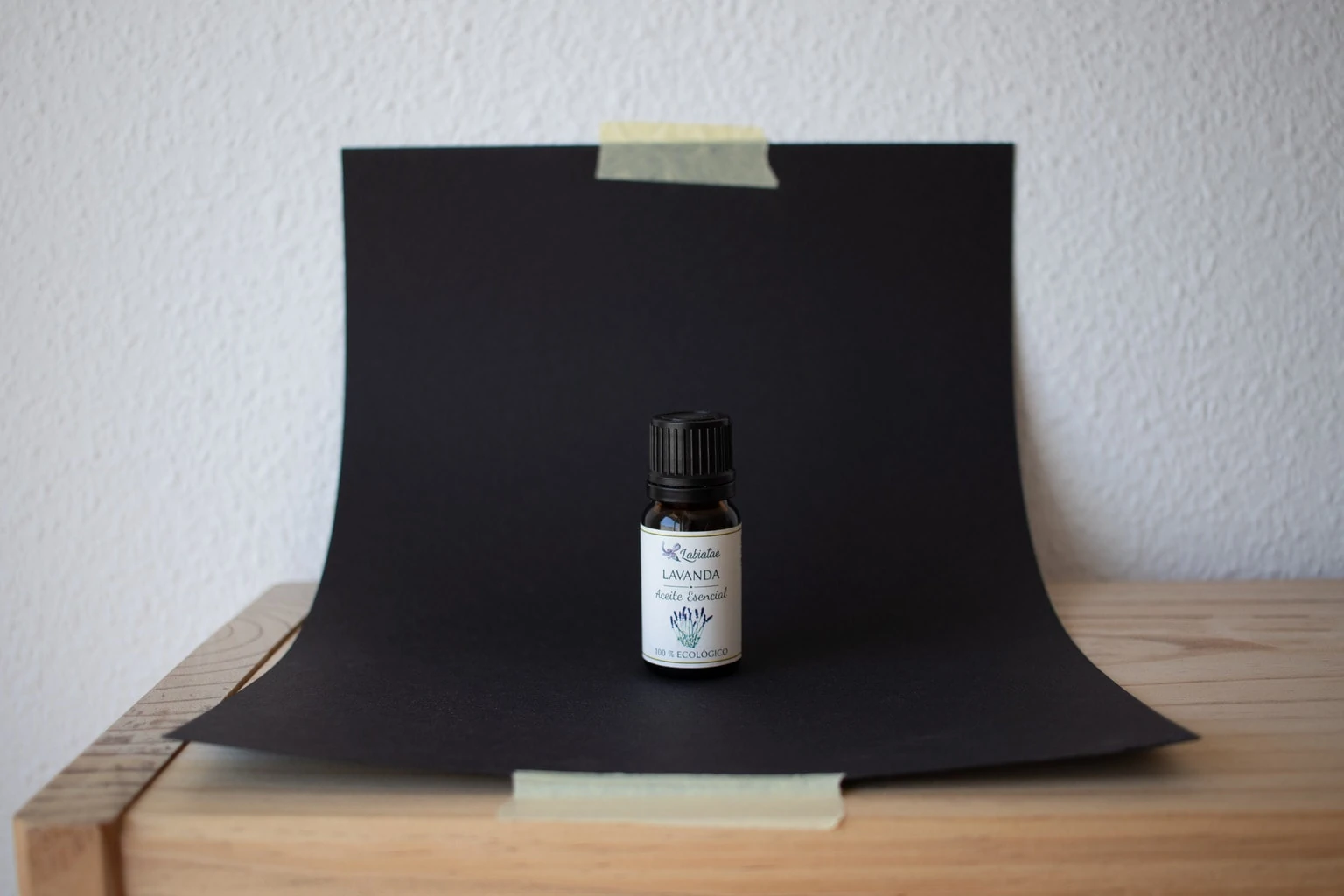
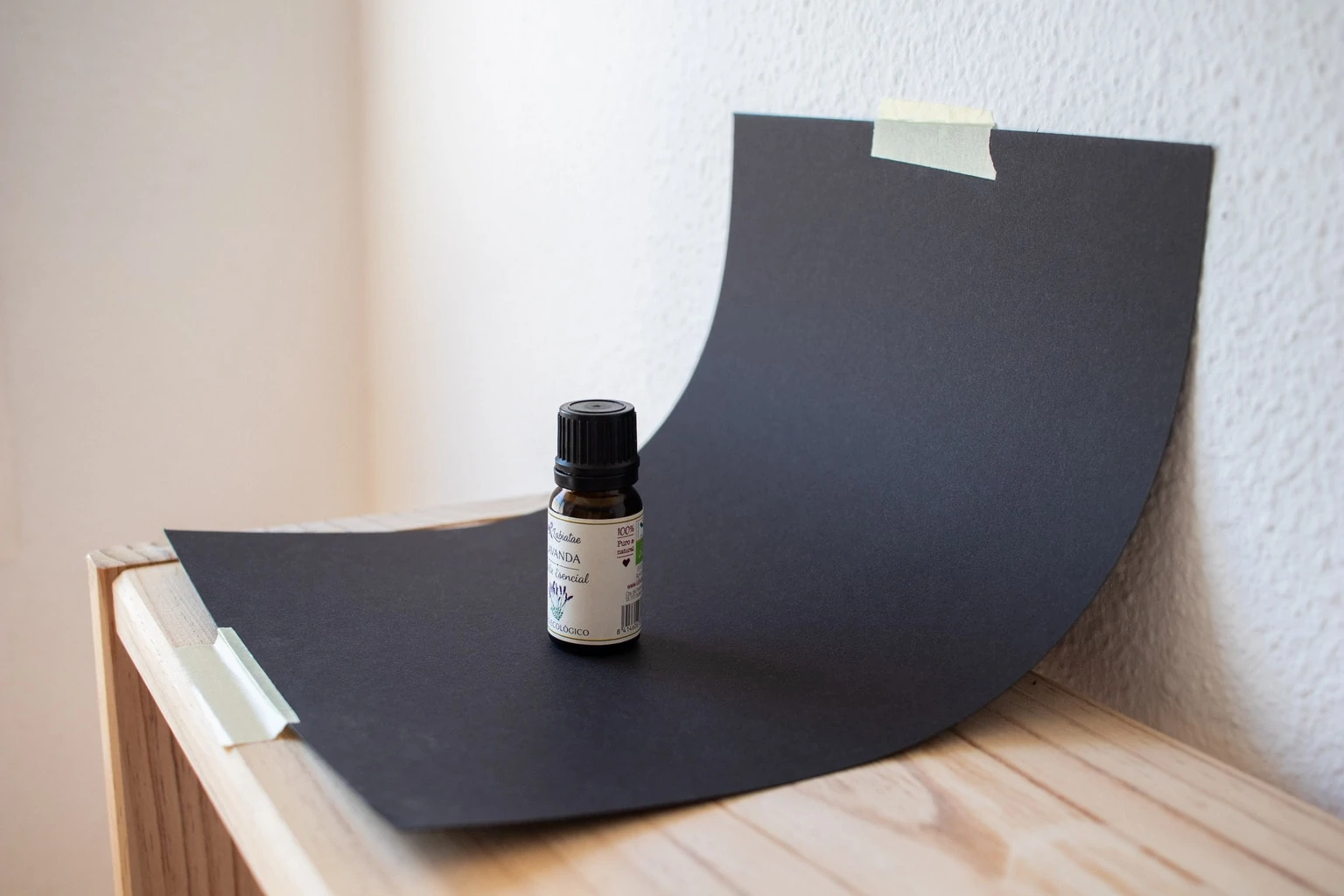
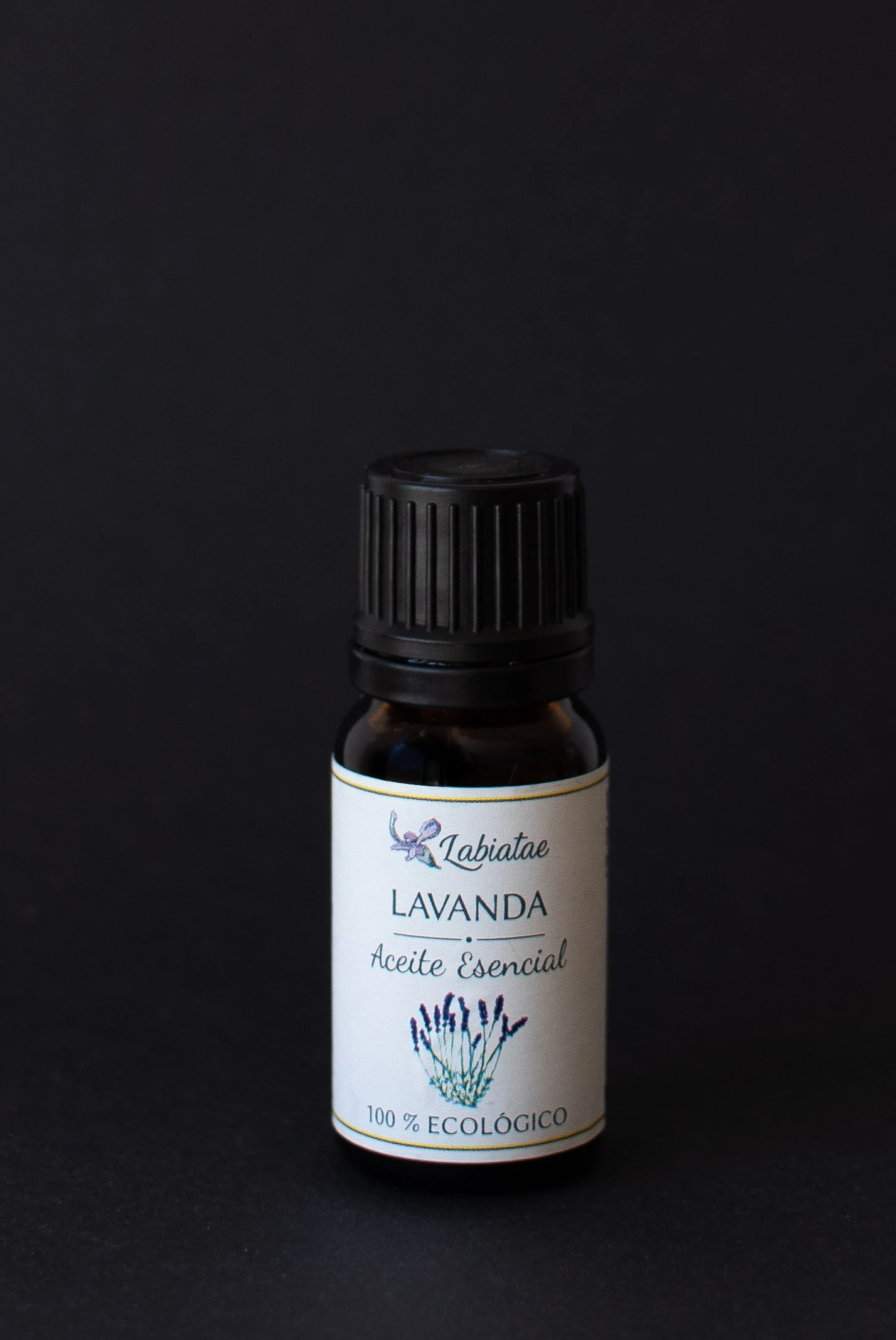
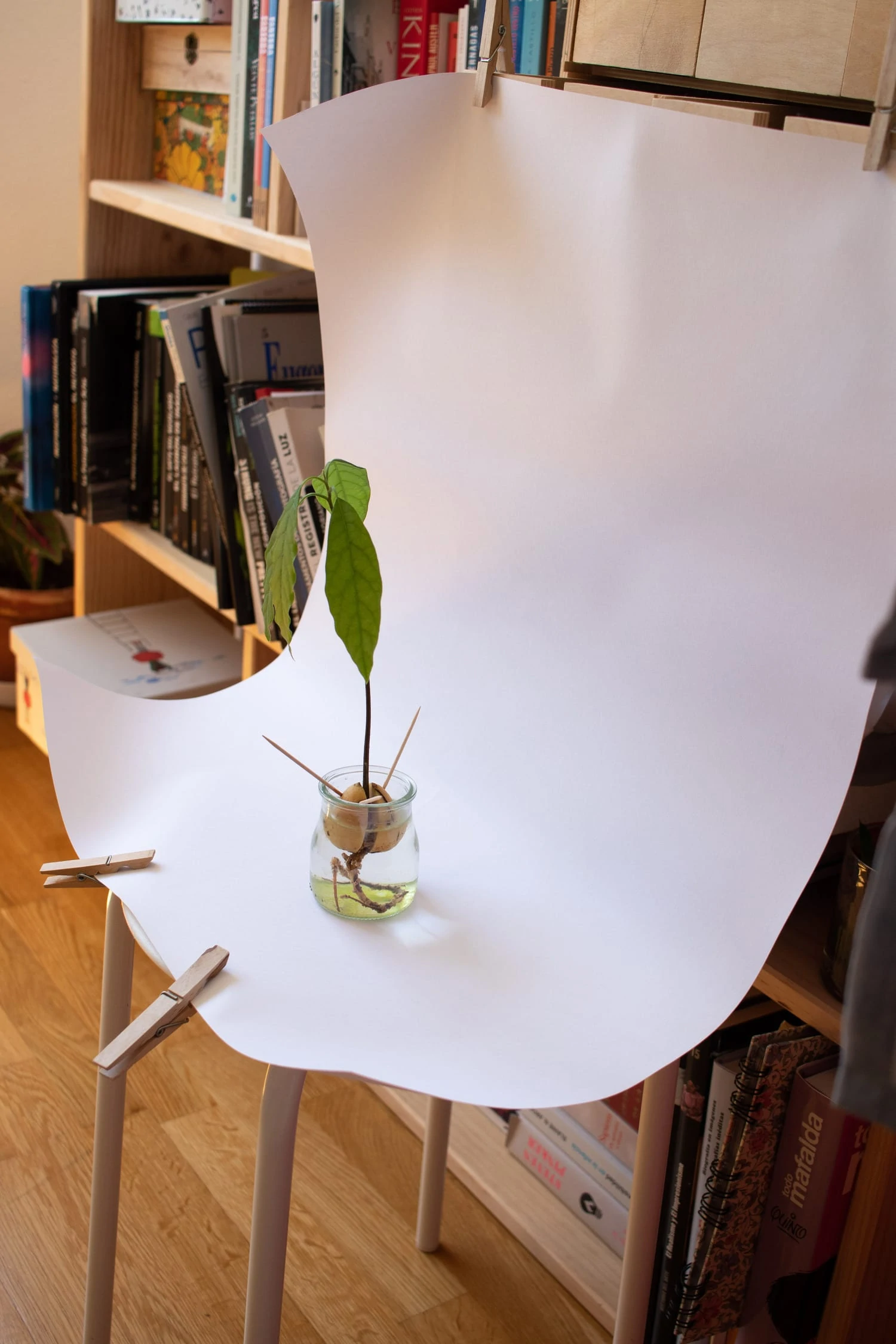
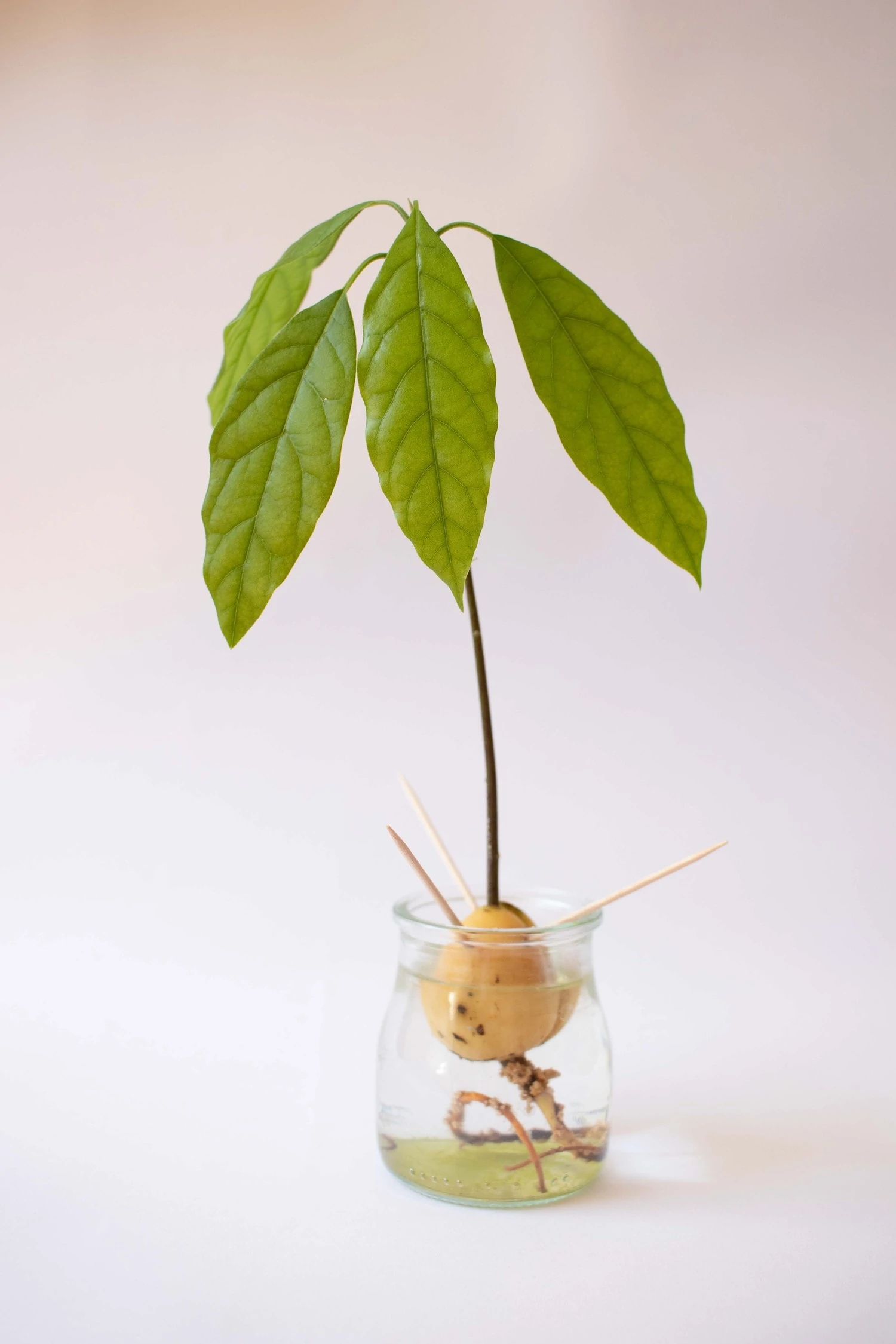
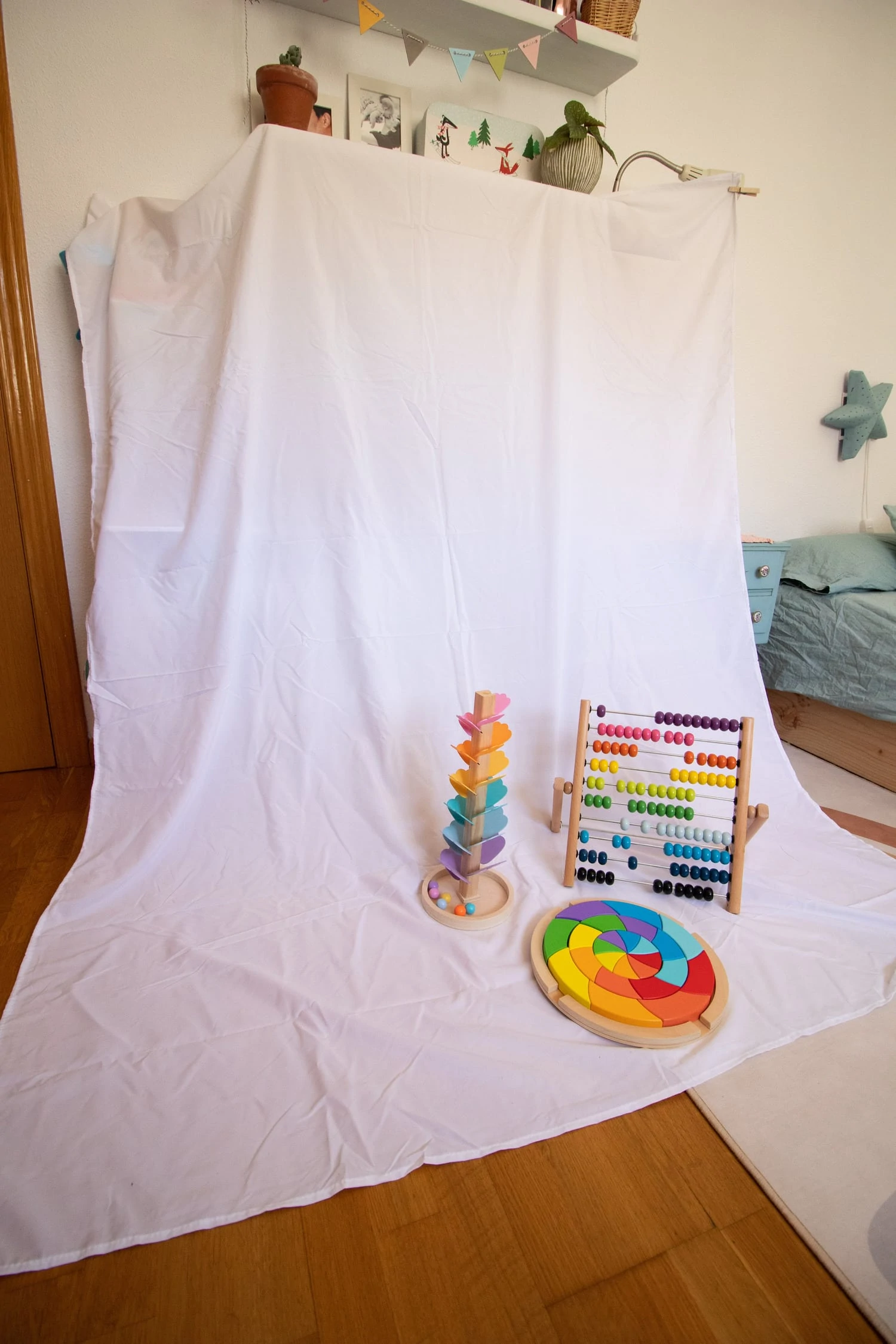

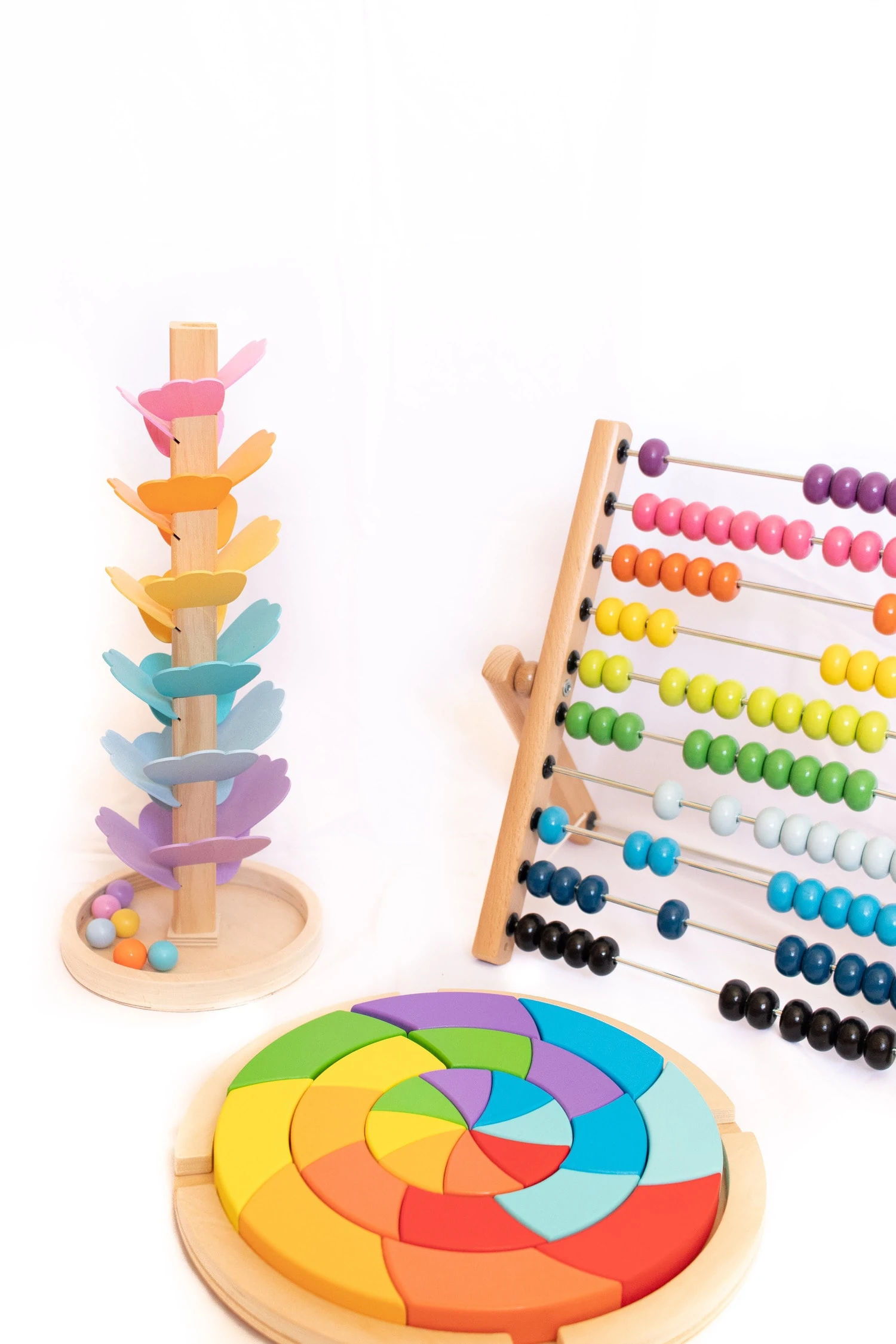
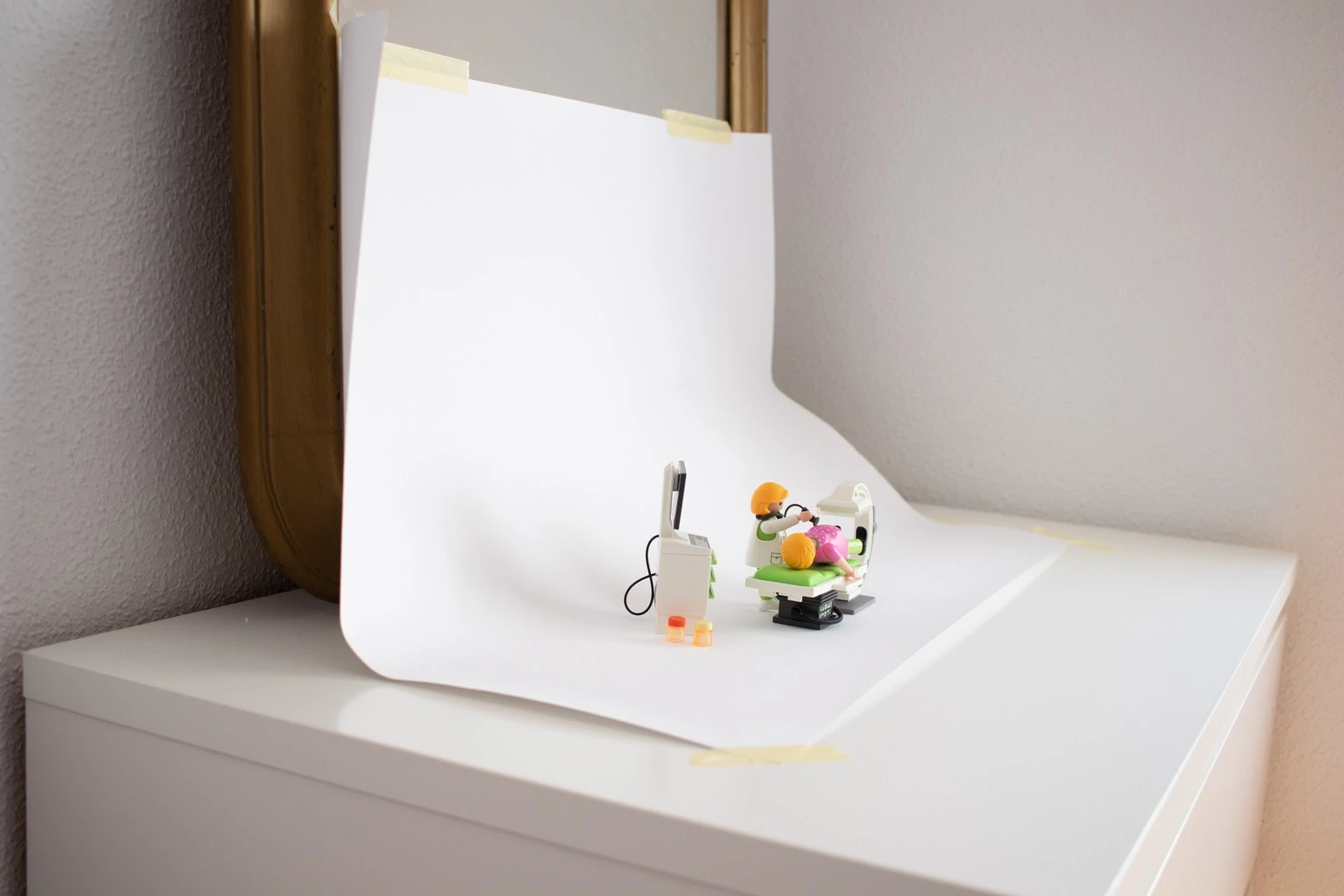

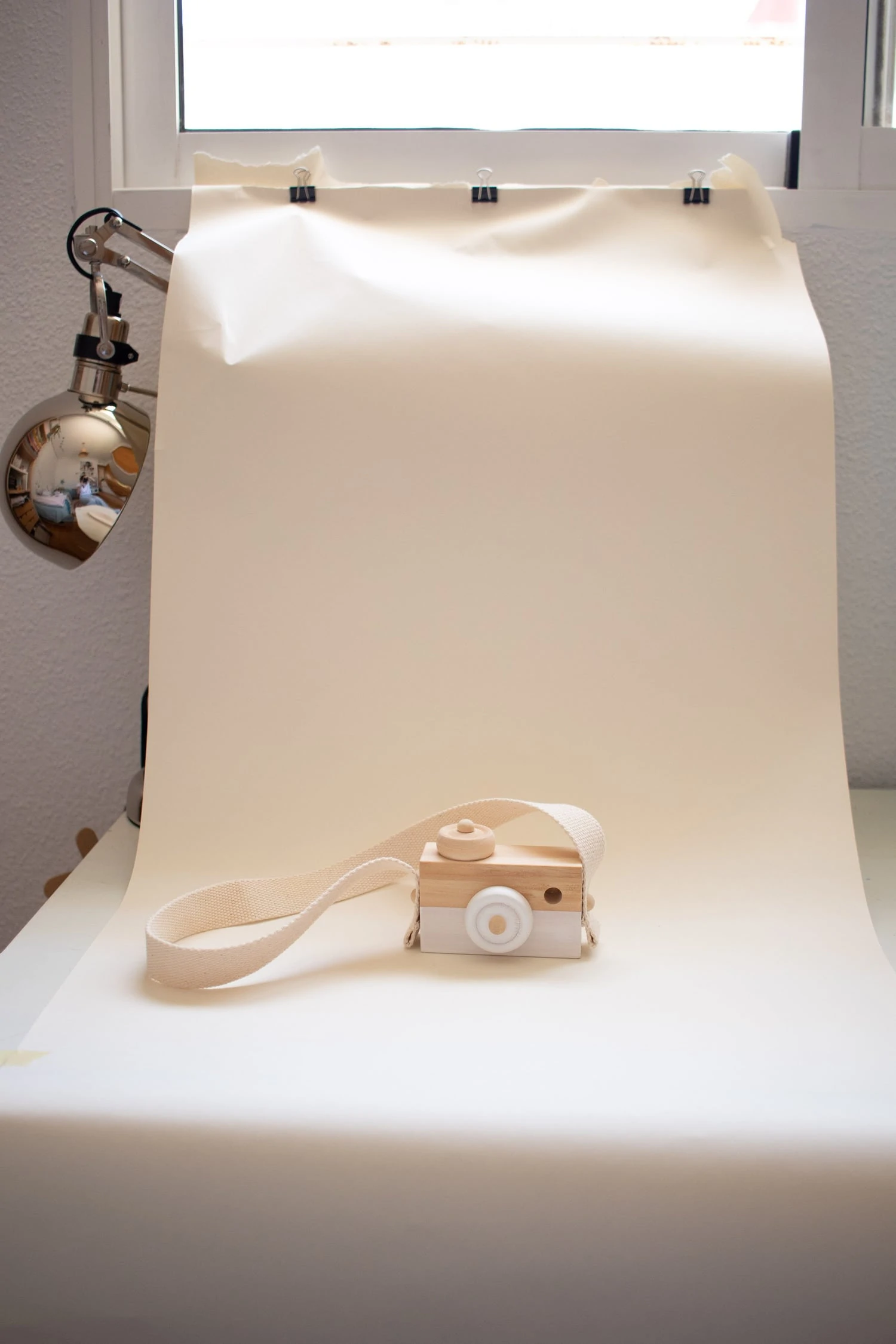
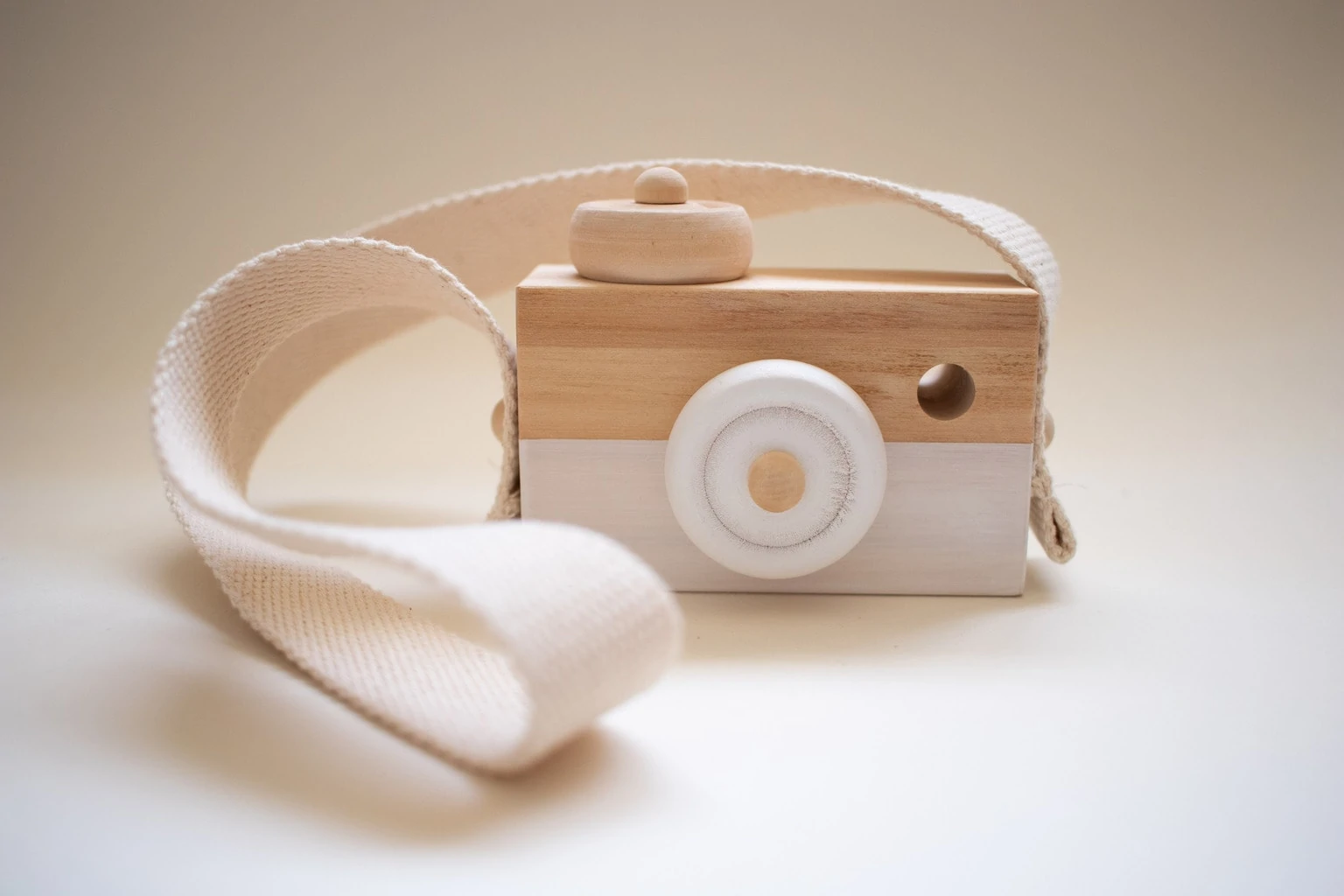
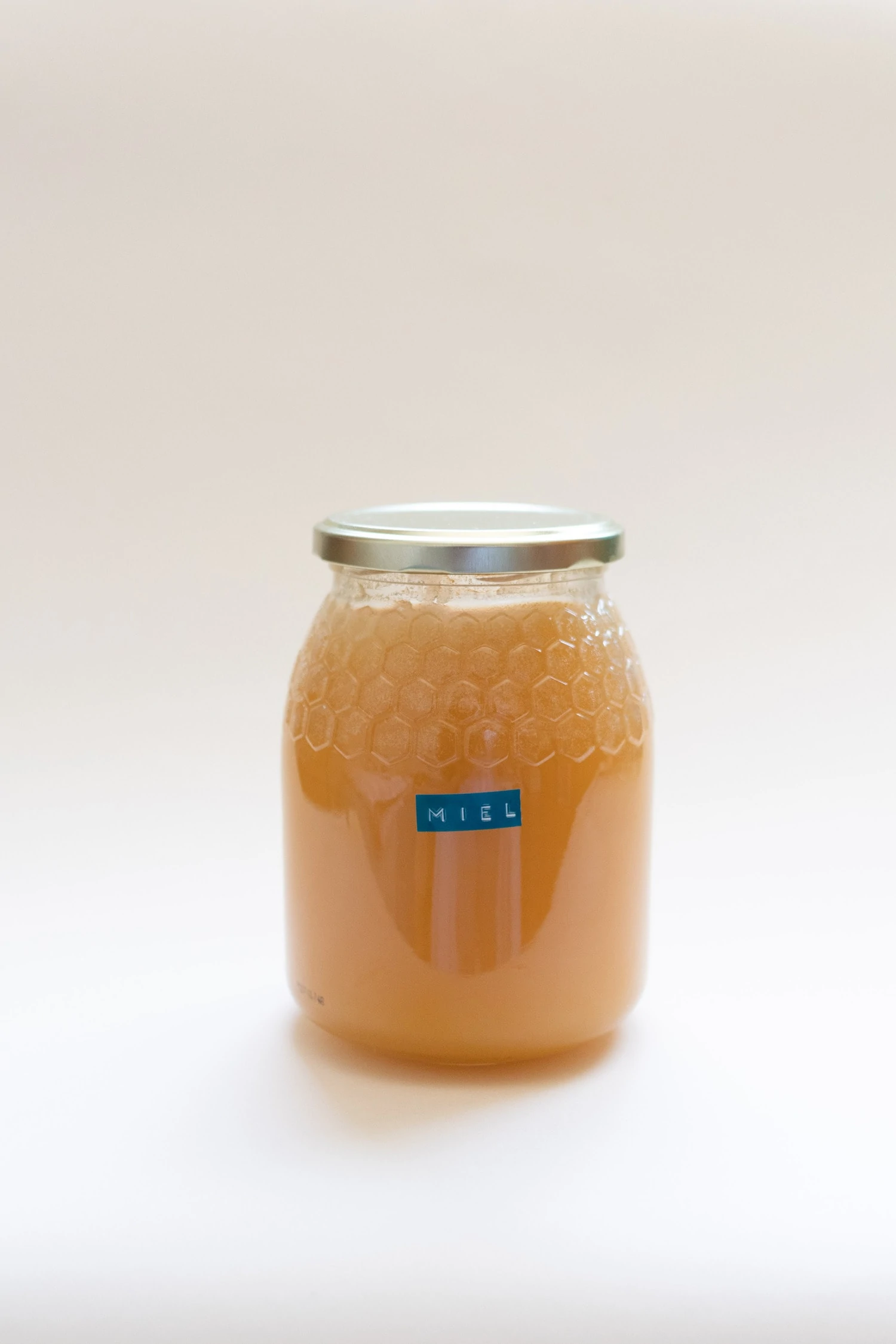
As you can see, I have used little things that I had at home, but if you have tweezers of this type they are ideal. Masking or painter's tape will go well with vinyl, even with fabric if it can hold the weight, with paper, the downside is that it sometimes gets damaged when removed, but hey, the investment in paper isn't that great either, is it? TRUE? ?
COLOUR
The most used are usually black and white, but it does not imply that you cannot use other colors. If you want it to change the background, you don't care as long as it contrasts with the subject (that's why chroma green is used, that garish for some recordings, because it contrasts a lot and then it's easier to make the selection and separate it from the background ).
If you are going to use it as a background, then it is important that you choose the color. To do this, the first thing is to think about the message you want to convey. Colors arouse sensations and the one you use both in the background and in the protagonist will provoke one emotion or another or have a certain impact.
In this article I tell you how to use color in your photographic compositions. What colors to use if you want to create contrast or harmony, what colors complement each other, what each color transmits, etc. So that you can see how important it is, I leave you with a gallery of images with backgrounds of different colors. I want you to stop and think about what each image tells you, what each of these combinations transmits to you.
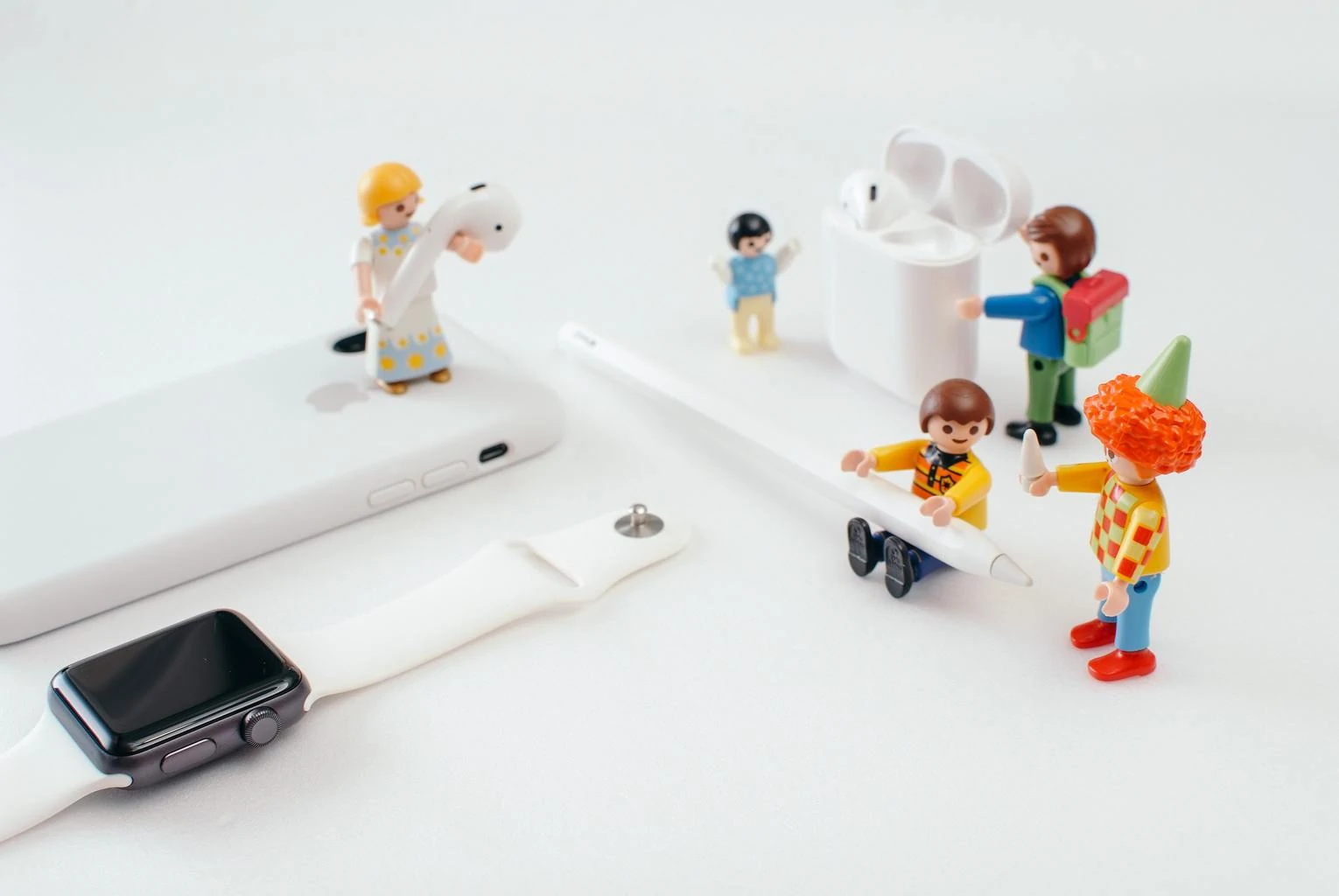
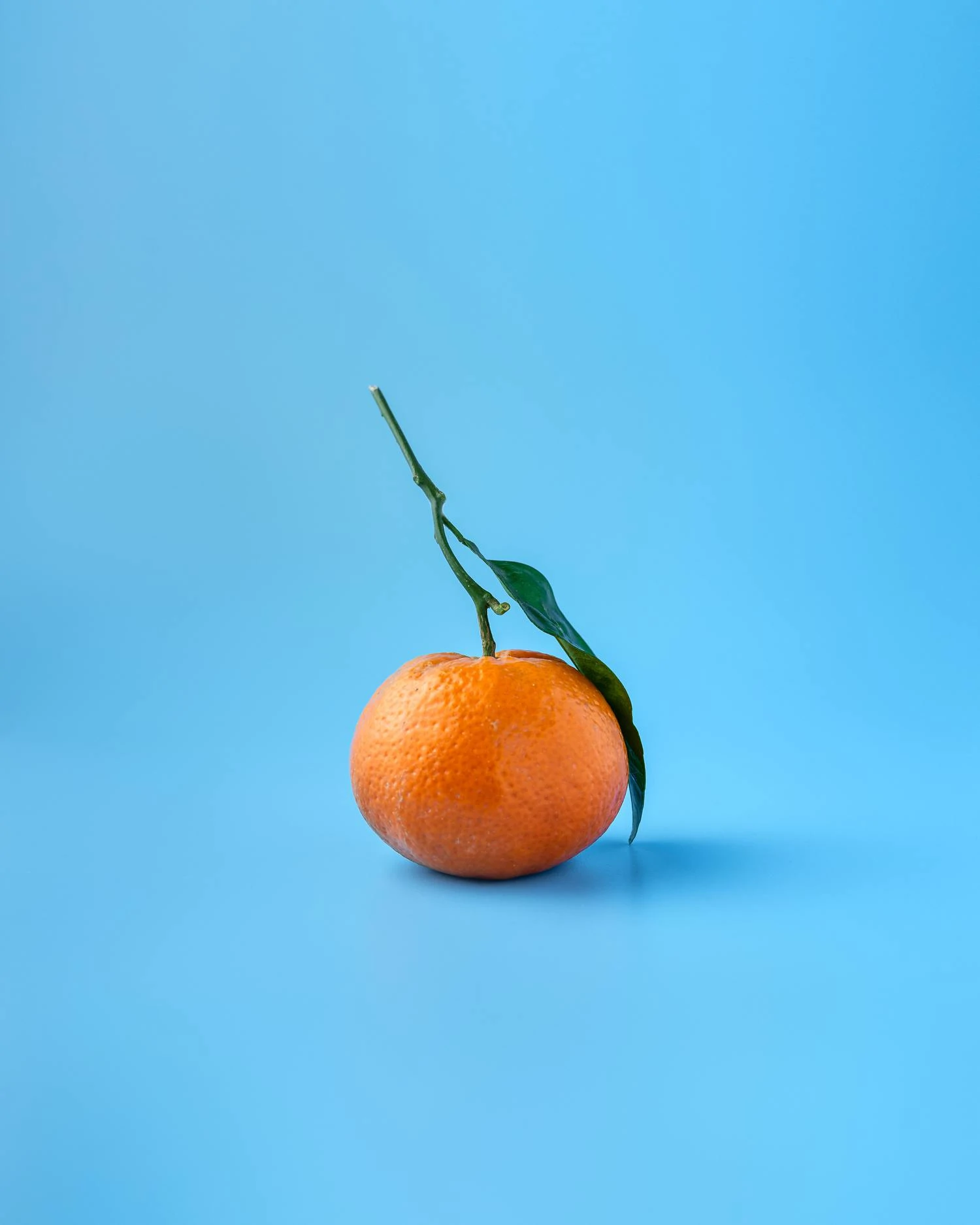
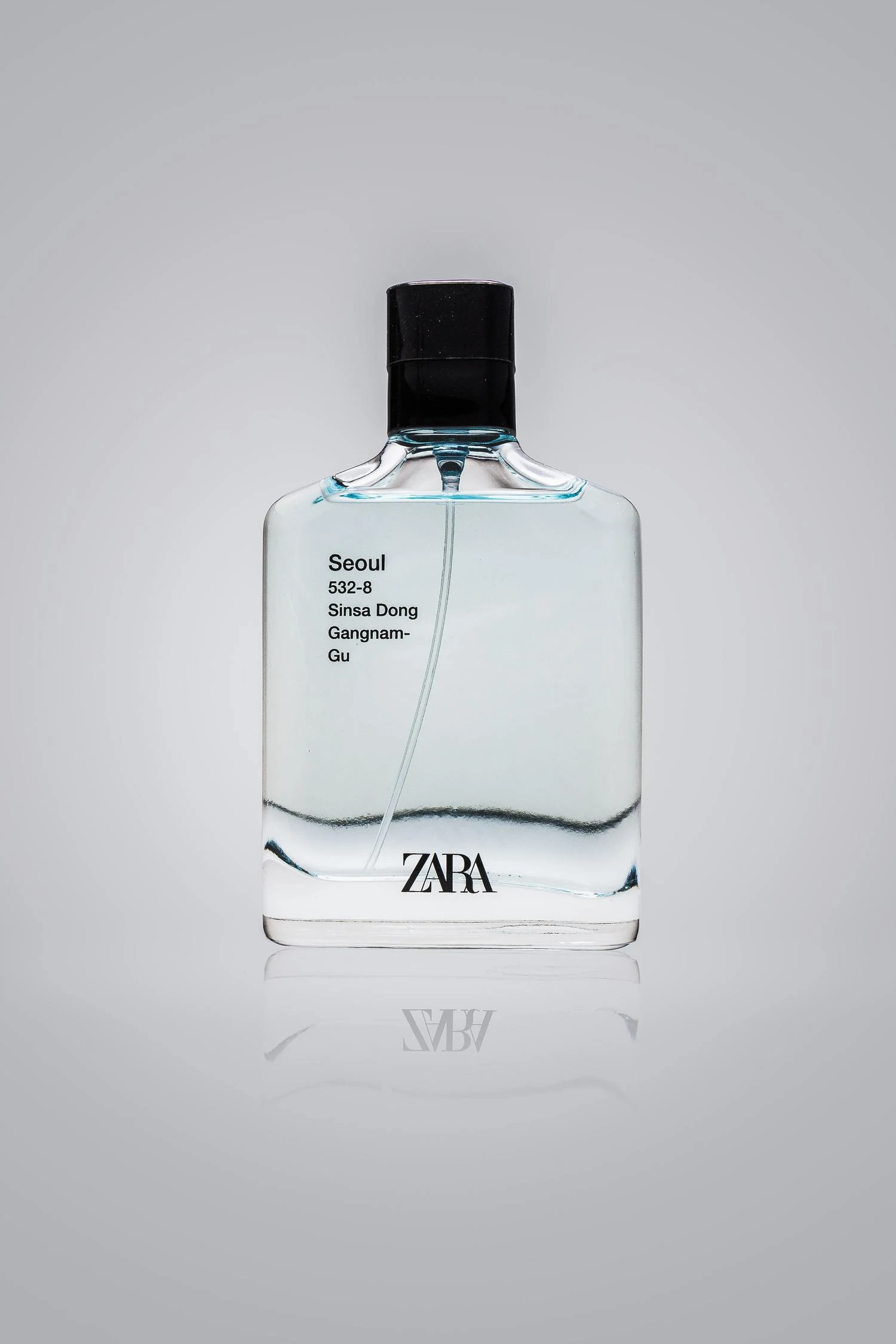
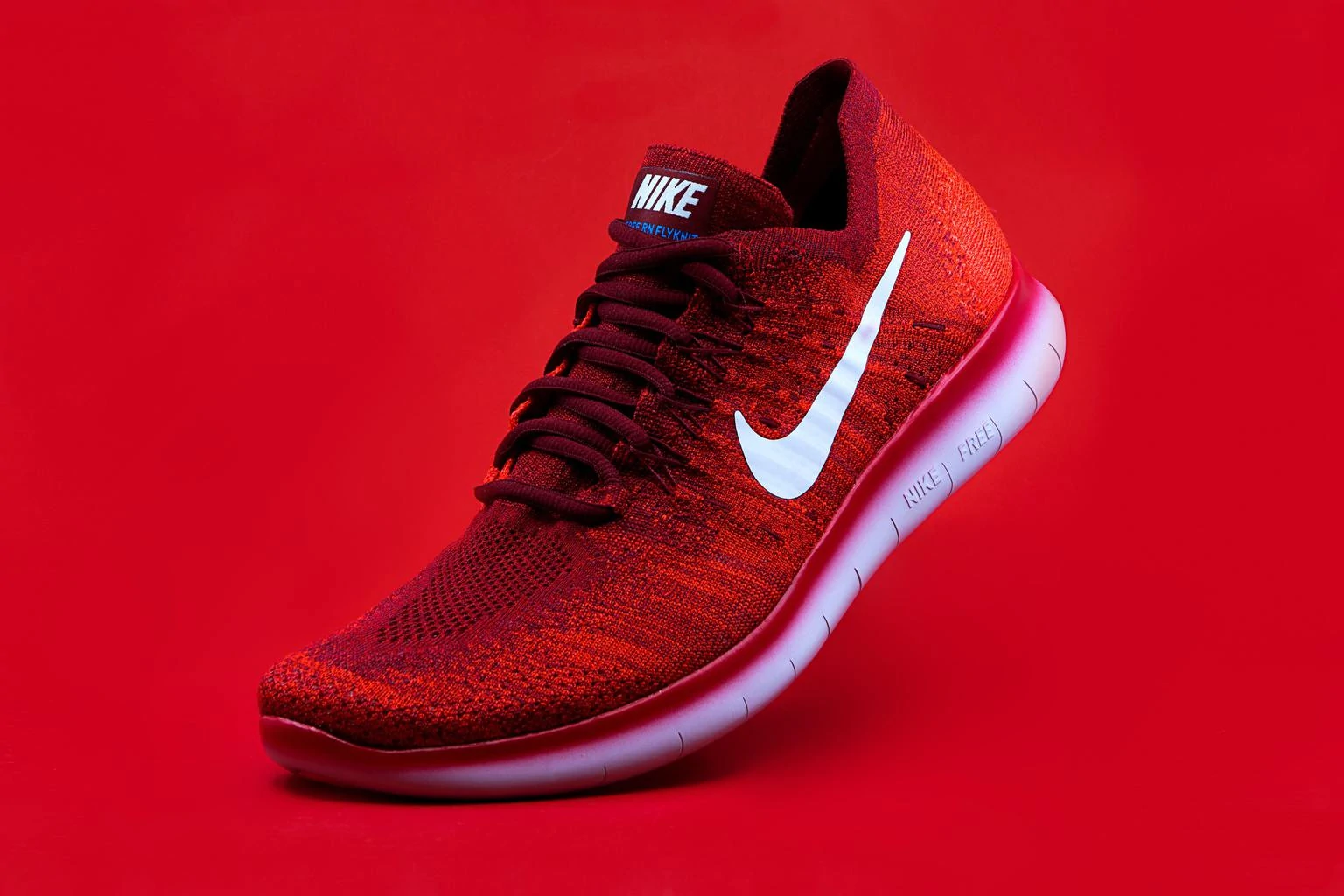
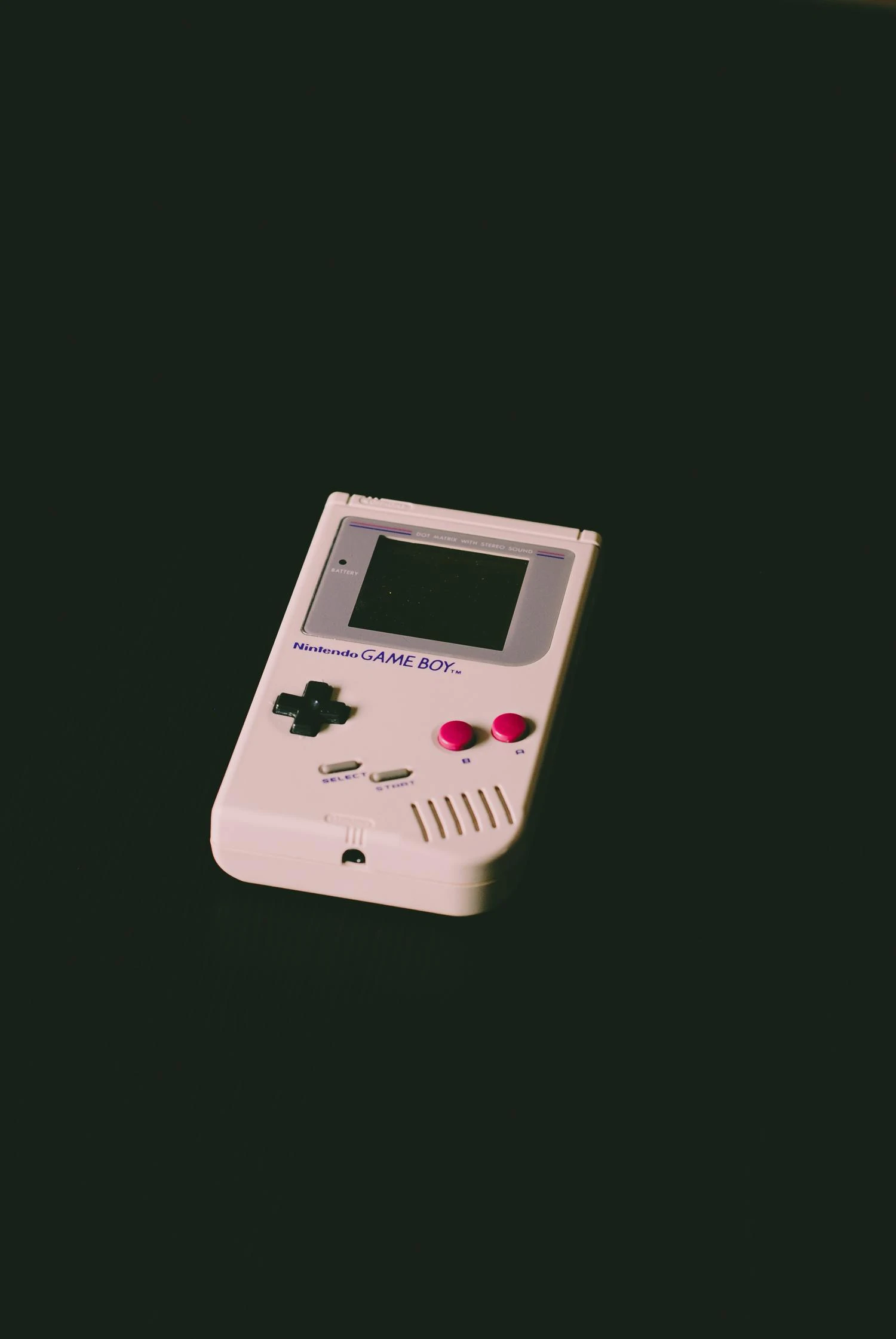

SIZE
The infinite background must be much bigger than the object or motif that you are going to place in front of it. It's that simple (or not), because if you take into account the optics you're going to use, you can speed up more or less. You also have to figure out how much space you want to leave around or if you prefer to enlarge the background later in Photoshop (if you control the theme).
For example, if you want to photograph a ring with a macro, an A4 size (folio size) will work for you, if you want to photograph some Lego or Playmobil dolls, an A4 would fall short, better an A3 (double folio) or if they are Many would opt for A2 type cardboard. For larger objects, such as a still life, you will have to use continuous paper rolls or oilcloths that are sold by the meter and are wider. To photograph people you will have to choose sizes such as a bed sheet of 1.50, for example, or more, depending on how many people or the type of photo you are going to take.
These are just some examples. Once you are clear about what you are going to photograph and how, it will be easy for you to determine the size and incidentally the material, since it is likely that it will be conditioned.
BUY AN INFINITE FUND
Ok, you don't feel like doing it, you don't mind paying a little more but getting it done. It's just as legal, if you don't have time to spare, it's better to spend it taking photos, right?
You need the support and the background. You can buy it together or separately. For example, if you are going to use it for newborn photography, you are interested in the support, because you will use suitable blankets or gauze as a background. I leave you several background options, support and both together. Look at the sizes because it is important.
HOW TO PHOTOGRAPH WITH AN INFINITE BACKGROUND?
To take advantage of the infinite background, it is not enough to put it, it is also important how you take the photographs. There are some tricks that will help you to make the backgrounds appear really black or white when using black backgrounds , without showing spots, glare, shadows, etc. Do you want to meet them? In the links we delve into the subject, but if you want a summary, keep reading:
- Dodge the background when it's white and burn it when it's black if you want it to be very white or very black. The subject to be photographed must be correctly exposed.
- Move the subject as far away from the background as possible.
- Photography with open diaphragms.
- With white backgrounds, the background must be brighter than the subject.
- With a black background, it prevents light from reaching it.
- Use a light source that is large in relation to the subject so that it casts fewer shadows in the background.
- Keep an eye on the white balance.
HOW TO PROCESS PHOTOS WITH INFINITE BACKGROUND?
Once you have your photographs, the background may not be as white or as black as you expected, but that has an easy solution, go through the workshop , that is, through editing.
In edit:
- for white backgrounds , turn up the lights and remove vignetting. Use the brush to increase the exposure in areas of the edges that are still not completely white.
- for black backgrounds, lower the shadows and burn with the brush where necessary.
For example, let's look at the before and after.


You don't have to do this every time, only if you want completely white or completely black backgrounds.


